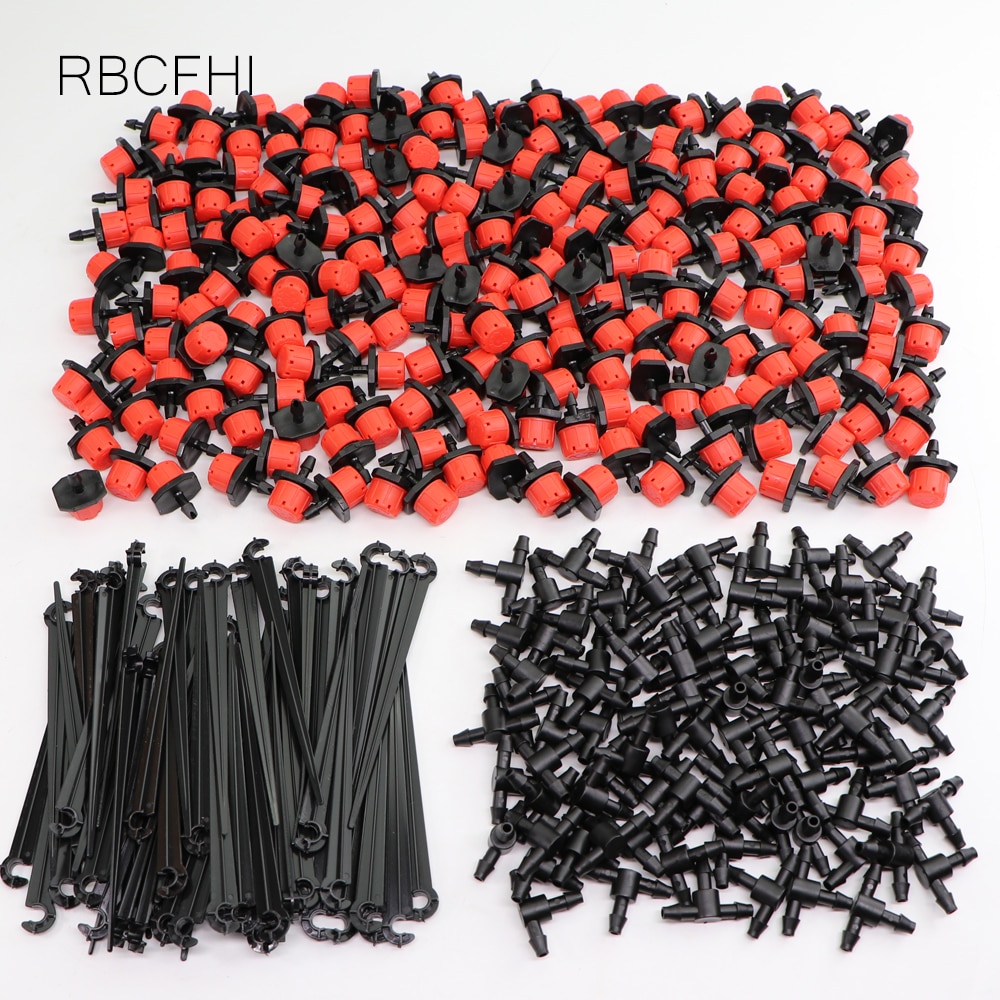
Micro Irrigation: A Comprehensive Guide to Types Of Micro Irrigation
Water is a precious resource that should be conserved, especially in regions that experience water scarcity. Micro irrigation is a form of low-volume irrigation that is gaining popularity among gardeners and farmers due to its efficiency and effectiveness.
Micro irrigation delivers water directly to the roots of plants through a network of pipes and emitters, minimizing water loss to evaporation and runoff. Unlike overhead irrigation, micro irrigation is more precise and conserves water while delivering water to the plant roots where it's needed.
In this guide, we'll discuss the types of micro-irrigation and their benefits.
1. Drip Emitter
Drip irrigation is the most popular type of micro-irrigation. It involves delivering water to the base of the plant through a network of pipes and drippers. Drip emitter systems are highly efficient, delivering water to the roots of the plant, reducing water loss to evaporation.
2. Micro Sprayer
A micro-sprayer is a type of micro-irrigation that delivers water through tiny nozzles or sprayers. It is ideal for gardening and landscaping, especially for watering shrubs, trees, and flower beds. Micro-sprayers typically operate at low pressure and are highly efficient.
3. Bubblers
Bubblers are another type of micro-irrigation that delivers water through a small circular area, typically around the base of a plant. Bubblers are ideal for watering large plants such as trees and mature shrubs.
4. In-line Drip Tubing
In-line drip tubing is a type of micro-irrigation that delivers water through porous tubing that has an emitter every few inches. The tubing is placed along the plant's root zone, allowing water to seep through gradually. In-line drip tubing is highly efficient, minimizing water loss to evaporation.
Benefits of Micro Irrigation
1. Water Conservation
Micro irrigation conserves water by delivering water directly to the plant's roots, where it's needed. It minimizes water loss from runoff and evaporation, reducing overall water consumption while improving plant growth.
2. Improved Plant Health
Overhead irrigation can introduce fungal and disease problems, but micro irrigation minimizes this risk by delivering water directly to the plant's roots. Micro irrigation improves plant health, leading to increased yields and productivity.

3. Cost-Effective
Micro irrigation reduces water usage, decreasing water bills, and increasing productivity. By using micro irrigation, farmers can reduce fertilizer consumption, as the fertilizer applied can be absorbed efficiently by the plant's roots to boost growth.
Conclusion
Micro irrigation is an effective way to conserve water while improving plant health and promoting growth. The various types of micro-irrigation differ in how they deliver water to the plant's root zone. Understanding the available types of micro-irrigation allows gardeners and farmers to select systems that suit their specific needs.